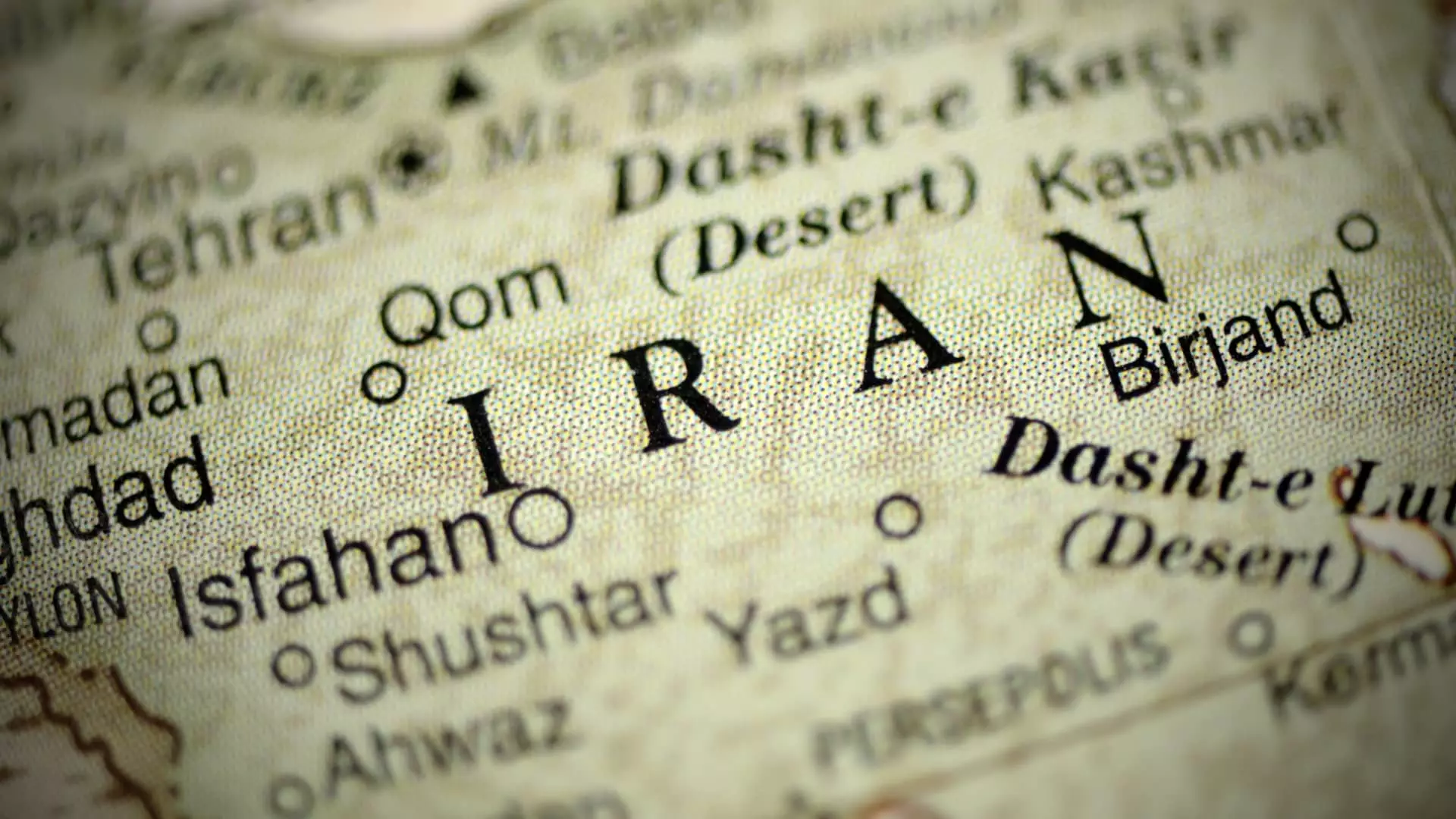The tensions in the Middle East, particularly between Israel and Iran, have reached a critical juncture following recent hostilities. U.S. officials indicate that Israel is strategically narrowing its response to a missile attack attributed to Iran, which occurred on October 1. The missiles were reportedly launched in retaliation against Israel’s military incursions into Lebanon and the elimination of prominent Iranian allies, such as Hamas leader Ismail Haniyeh and Hezbollah’s Hassan Nasrallah. These incidents underscore a pattern of escalating conflict that raises alarms not only in the region but also among global powers observing the unfolding situation.
Despite the looming threat of retaliation, reports suggest that Israel is refraining from targeting Iran’s nuclear infrastructure and opting instead for military and energy assets. This calculated decision reflects Israel’s attempt to maintain focused and limited objectives, thereby avoiding an escalation into a broader conflict that might directly involve its nuclear program. Furthermore, the absence of retaliatory assassinations from Israel’s operational framework highlights its emphasis on conventional warfare tactics over covert operations, which can often spiral into unintended escalations.
Yet, the lack of clear communication from Israeli officials regarding their timeline for retaliation leaves both U.S. and Iranian military planners in a state of heightened tension, each awaiting a signal that could prompt a drastic shift in the strategic landscape. The Israeli military is reportedly on high alert, ready to execute orders at the signal of leadership, suggesting a precarious balance between preparedness and restraint.
The U.S. finds itself in a complex position of supporting its longstanding ally, Israel, while addressing the broader ramifications of conflict in the region. Secretary of Defense Lloyd Austin’s discussions with Israeli counterpart Yoav Gallant reveal efforts to align strategies without divulging sensitive operational details. Importantly, the U.S. has continually advised Israel to pursue a proportional response, clearly signifying that while it stands in solidarity with Israel, it is wary of the humanitarian impacts such military actions can have in an already volatile context.
President Biden’s calls for a more humanitarian approach in Gaza and Lebanon reflect a critical understanding of the potential backlash from civilian suffering amid military engagements. This duality of the U.S. role — being both a military ally and a diplomatic mediator — creates inherent tension in the strategic calculus for both the American and Israeli leadership.
The situation carries the distinct possibility of rapid escalation. Analysts warn that any miscalculation in response timing or target selection could trigger an expansive conflict, drawing in regional actors and creating a multi-front war. The potential for Iranian retaliation against U.S. assets in the region further complicates the operational landscape, suggesting a need for profound caution on both sides.
Moreover, the concern of targeting oil and gas infrastructure raises economic implications that extend beyond immediate military considerations. With the geopolitical landscape in flux, the ramifications of a disrupted energy supply could reverberate throughout global markets, further emphasizing the interconnectedness of regional conflicts with global economic stability.
The situation in the Middle East reflects a complicated interplay of military strategy, international diplomacy, and humanitarian concerns. As Israel prepares its response to Iran’s recent aggression, the influence of U.S. advisory remains a significant factor in shaping outcomes. The delicate balance of power holds immense implications, not only for the involved nations, but for the stability of the broader region.
As both nations navigate this treacherous terrain, the emphasis must lie in avoiding cataclysmic engagement, revealing a necessity for strategic foresight, operational restraint, and open lines of communication. Only through such measures may both Israel and the U.S. work toward a resolution that avoids further entrenchment in a cycle of violence.


Leave a Reply